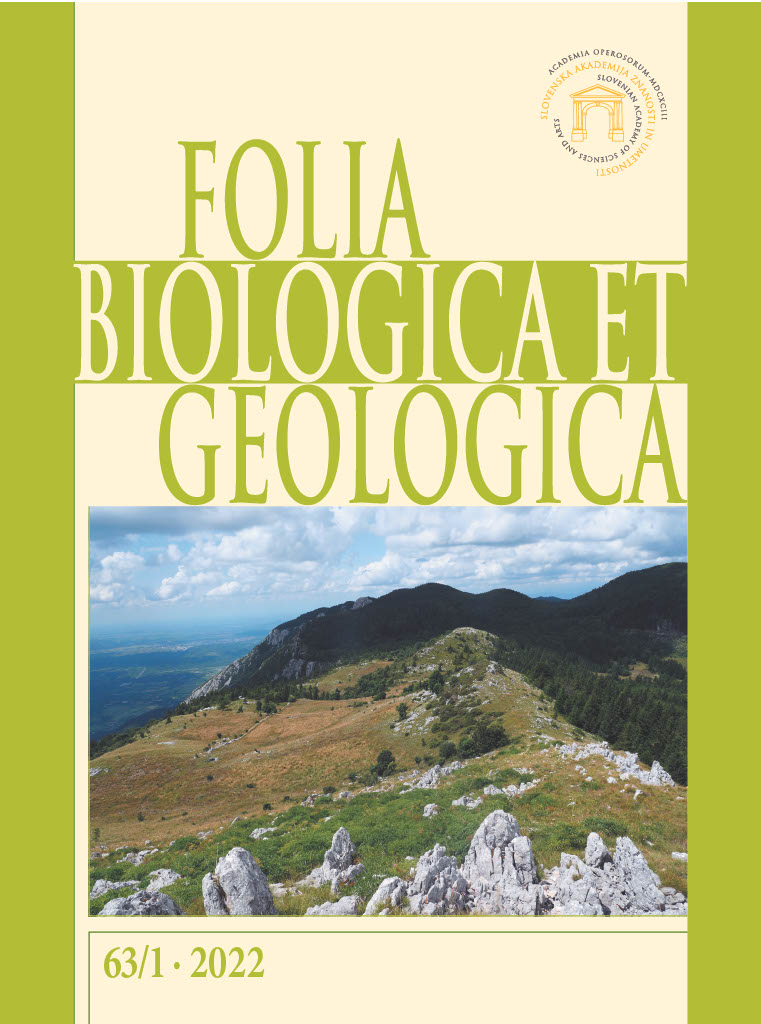Phytosociological description of spring vegetation in the subalpine and alpine belt of the Julian Alps / Fitocenološki opis rastja ob izvirih v subalpinskem in alpinskem pasu v Julijskih Alpah
DOI:
https://doi.org/10.3986/fbg0090Keywords:
vegetation, Cratoneurion, Julian Alps, Triglav National Park, Slovenia, Italy, vegetacija, Julijske Alpe, Triglavski narodni park, Slovenija, ItalijaAbstract
Plant communities of several moss-rich calcareous water springs in the subalpine and alpine belt of the Julian Alps were phytosociologicaly investigated. Based on the comparison with similar communities in other parts of the Alps we classify them into the new association Saxifrago robustae-Palustrielletum commutati and in to two subassociations: -violetosum biflorae (mostly in the subalpine belt) and -saxifragetosum sedoidis (mostly in the alpine belt). Stands of described community belong to Natura 2000 habitat type Petrifying springs with tufa formation (Cratoneurion). For now they are mostly not directly threatened by man.
IZVLEČEK
Fitocenološko smo preučili združbe nekaterih izvirov na karbonatni podlagi v subalpinskem in alpinskem pasu Julijskih Alp. Na podlagi primerjav s podobnimi združbami drugod v Alpah jih uvrščamo v novo asociacijo Saxifrago robustae-Palustrielletum commutati in v dve subasociaciji: -violetosum biflorae (v glavnem v subalpinskem pasu) in -saxifragetosum sedoidis (v glavnem v alpinskem pasu). Sestoji opisane združbe sodijo v Natura 2000 habitatni tip Lehnjakotvorni izviri (Cratoneurion) in jih za zdaj človek neposredno v glavnem ne ogroža.





